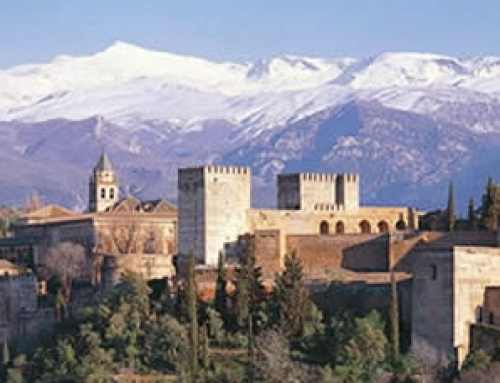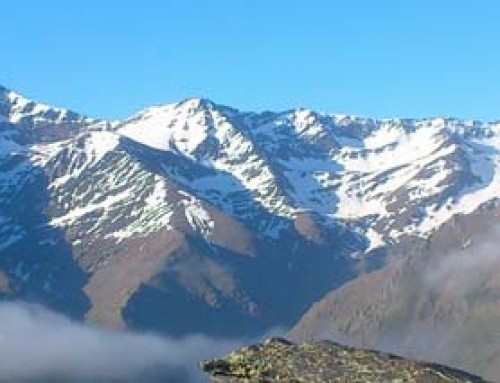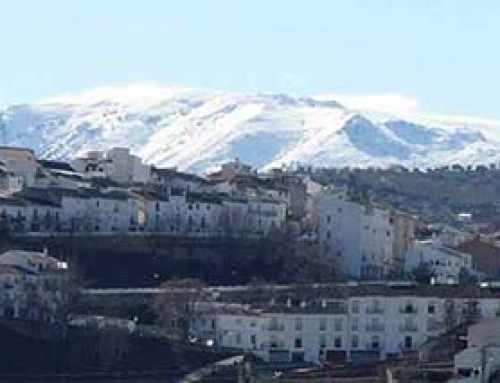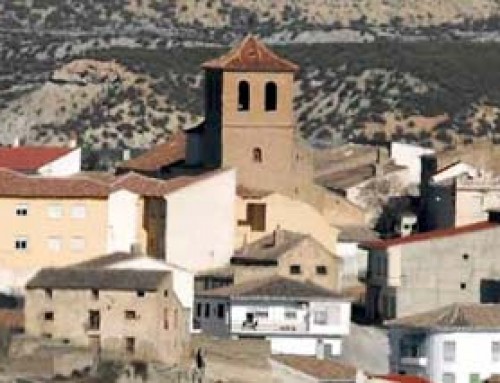In the heart of the Costa Tropical and bathed by both the old Mare Nostrum as the Green and Seco rivers, this Andalusian village attracts strongly to tourism.

Sexy Firmum Iulium known as the late second century B.C., the Romans found upon arrival based on a structured and salting of fish economy. They boosted fishing and built temples, theaters and even an aqueduct. Abderramán I, future emir of Cordoba, took the reins of the new Hins-al-Monacar, or what is the same, the “fortress city”. When the Arabs which had perfected the agricultural-activity were expelled from the city, the remarkable development of its economy was temporarily stopped. Today, its pillars are precisely agriculture and tourism.
Gastronomy
The culinary offerings are rich in fruits, like mango or papaya, but also include some forcefulness dishes like garlic cabañil. Zarzuela, a stew with the best seafood, figures prominently in the letter of any typical restaurant place.
Holidays and traditions
In mid-August the feast of Our Lady of Antigua, which combines religious fervor passion for the seafaring life is celebrated. In the verbena of San Juan, residents flock to the beaches to wash your face with seawater and ask for health in the coming year.
Visits
The town hall, located in the Constitution Square and the Church of the Incarnation, beside the old town are the major attractions. You can also visit the Archaeological Museum and the Botanical Garden, where specimens of tropical species are found. Dominating the set on high, the Muslim castle is being renovated at present. At his feet, the park El Majuelo manages the archaeological remains of the entire city. The Roman aqueduct used years later by the Arabs in their system of irrigation channels, is another must-see.
Surroundings
Two kilometers from the town is the tower Monk, a Roman first century fortress used as columnario or funeral pantheon. Of square, inside there are some niches where the ashes of the dead probably were placed. Among the Malaga municipality of Nerja and Almuñécar, the Nature Reserve Cliffs of Maro Cerro is a refuge for the osprey, the herring gull and the chameleon. Its walls more than 80 meters guarantee spectacular visitors.






